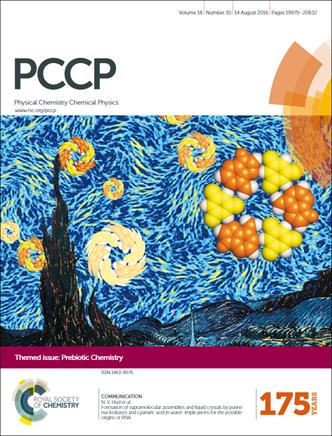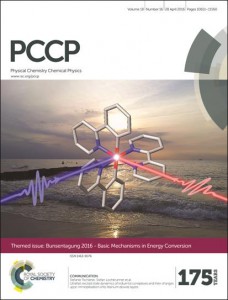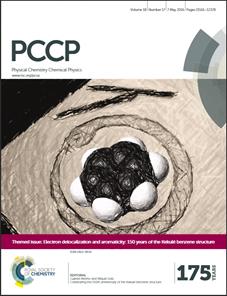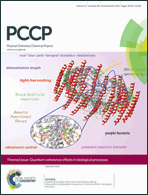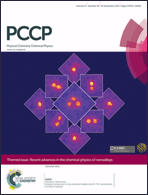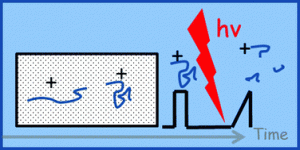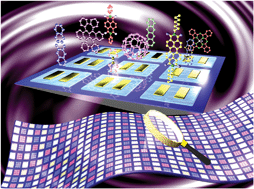Click through to read the Themed Collection online Developments in Density Functional Theory, guest edited by Robert van Leeuwen, Johannes Neugebauer, Lucas Visscher and F. Matthias Bickelhaupt. Read the Editorial for an overview of the collection.
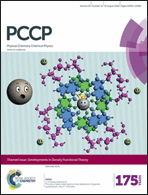
Editorial for PCCP themed issue “Developments in Density Functional Theory”
Robert van Leeuwen, Johannes Neugebauer, Lucas Visscher and F. Matthias Bickelhaupt
Phys. Chem. Chem. Phys., 2016,18, 20864-20867
DOI: 10.1039/C6CP90143C, Editorial
How molecular is the chemisorptive bond?
R. A. van Santen and I. Tranca
Phys. Chem. Chem. Phys., 2016,18, 20868-20894
DOI: 10.1039/C6CP01394E, Perspective
Time-dependent Dyson orbital theory
O. V. Gritsenko and E. J. Baerends
Phys. Chem. Chem. Phys., 2016,18, 20945-20954
DOI: 10.1039/C6CP00888G, Paper
Extension of the interacting quantum atoms (IQA) approach to B3LYP level density functional theory (DFT)
Peter Maxwell, Ángel Martín Pendás and Paul L. A. Popelier
Phys. Chem. Chem. Phys., 2016,18, 20986-21000
DOI: 10.1039/C5CP07021J, Paper











